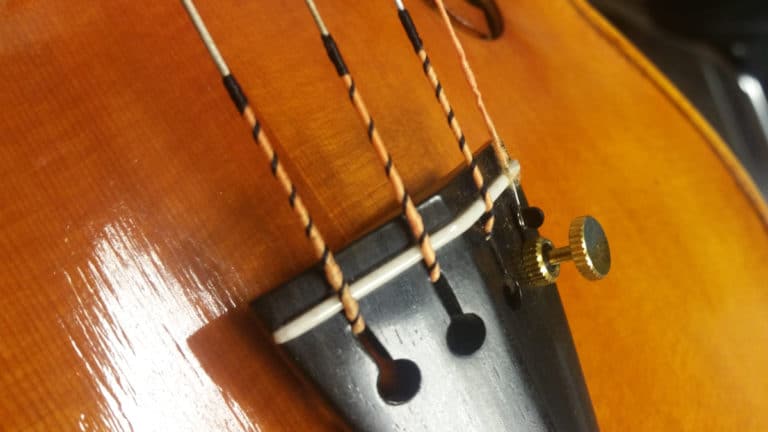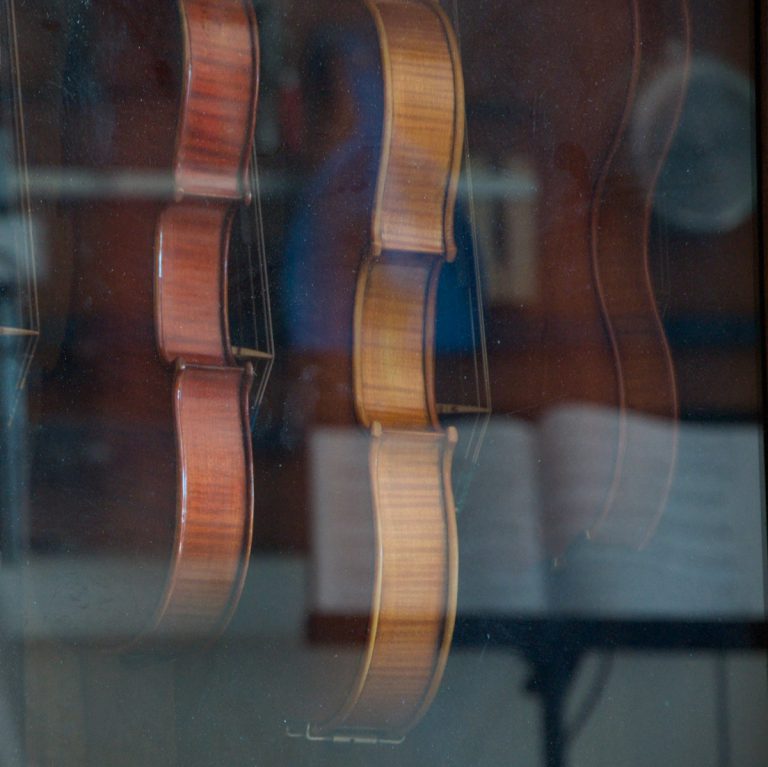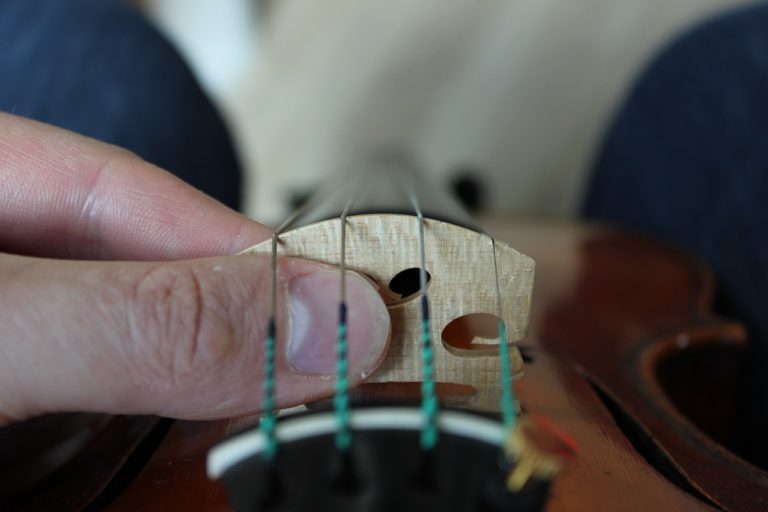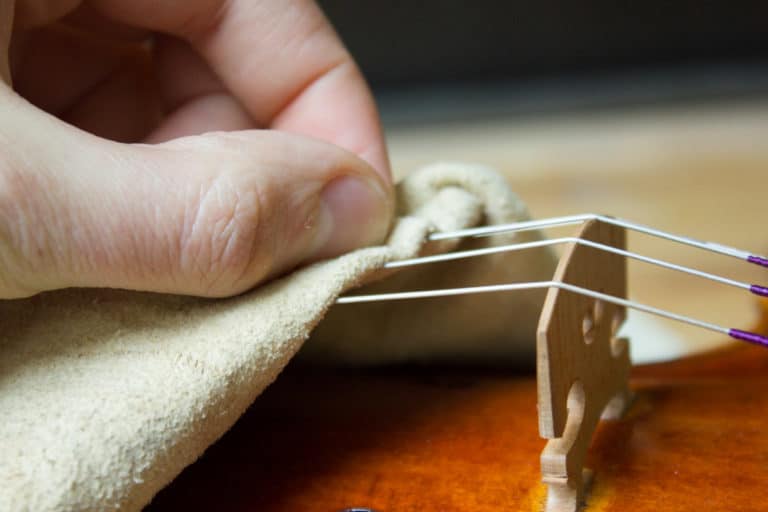Although violins can be found in every climate on the planet, they really don't like being subjected to variations in humidity and temperature. In fact, it's not necessarily the fact of living in a dry or humid climate that's harmful to an instrument. In fact, it's the variations, and above all their brutality, that will cause damage, sometimes irreversible, to these fragile objects.
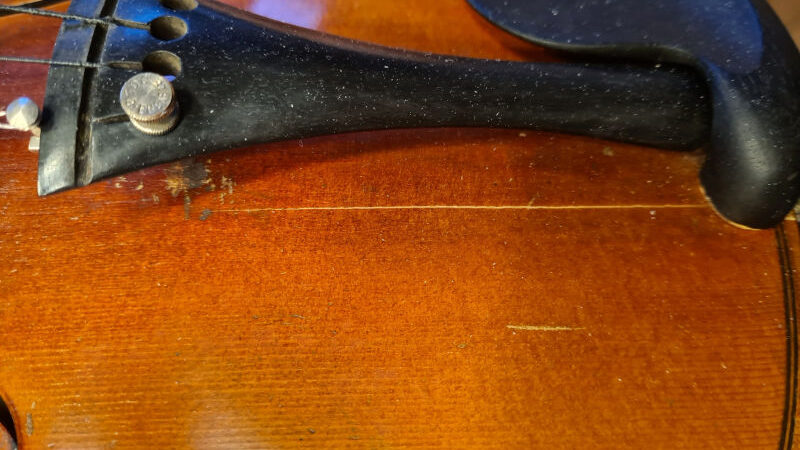
Why monitor violin humidity?
In fact, as you probably already know, the violin is alive - or rather, it was.
It's because it's essentially made of wood, which is a living, plant-based material, that the violin, however old it may be, will continue to live and breathe. So it will remain sensitive to any changes in the environment to which it is exposed. That's why I'm going to look at the subject of hygrometry, which is closely linked to temperature, and help you understand what's at stake.
How does wood work with humidity?
To put it simply, wood is structured by channels linking the roots to the leaves. They serve as a means of communication between heaven and earth, ensuring the complex functions of metabolism, driving growth and life. It's a bit like our arteries and veins, but very fibrous and strong enough to give it its stature.
Une fois le bois coupé, il n’est plus alimenté et nous parlons alors de « séchage ». C’est un processus qui peut durer des années et qui consiste à l’équilibrage de son humidité interne et celle de son environnement. Ainsi, s’il fait très sec, ce processus pourra être plus rapide, causant des distorsions ou des fissures. À l’inverse, un environnement très humide ne permettra pas au bois de sécher, et causera sa dégradation par les micro organisme qui s’y développeront.
Therefore, to make a violin, you need a relatively dry and stable wood, not only to limit distortion afterwards but also to ensure maximum longevity.
The effects of humidity variations on the violin
An atmosphere too dry for the violin
When the violin is subjected to an atmosphere drier than its usual environment, the wood in which it is made contracts. How the wood shrinks depends on the direction of the fiber. For example, spruce will shrink in the width direction. This is easy to visualize if you observe the succession of light and dark bands. Just think of them as flexible tubes that empty themselves of water, taking up less space. Each one will shrink, pulling on its neighbor and creating tension.
The drier the air, the more these fibers will contract, exerting greater and greater tension on the instrument. This has several effects:
- First of all, you'll hear the sound change with the new tension, the bridge drops and the core is tighter.
- String pitch decreases, which is directly related to the lowering of the bridge.
- Ankles are less secure and can suddenly relax.
- The knob can become loose, distorting the bore and degrading the sound.
- Glue joints break under stress, and in the worst case, a fracture can suddenly appear.
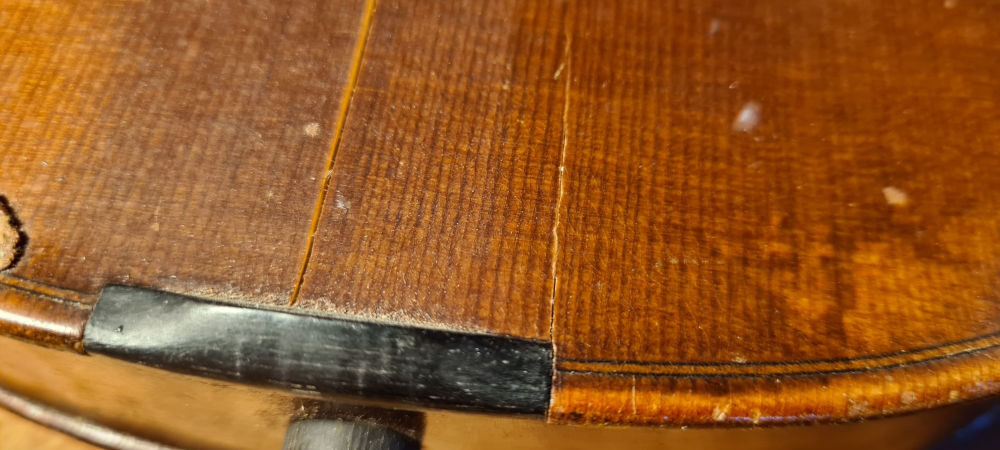
An atmosphere too humid for the violin
On the contrary, when a violin is in contact with a more humid atmosphere than its daily routine, the wood will swell. Logically enough, this is the opposite of drying out. This is why similar problems can arise:
- As the instrument swells, the shape of the arches changes slightly, but enough to lower tension in the core and raise the bridge. This has an impact on tone.
- On the one hand, the strings are higher and tighter, while the core is less taut and can move more easily.
- Anchors can jam, taking up more space in their holes.
- Wood expansion can also break glue joints.
- The animal glue that acts as an adhesive between all the parts of the violin loses its binding power when exposed to water(though you need a fair amount of humidity to get the better of it).
In fact, humidification of the instrument occurs naturally, perhaps in ways you'd never suspect. For example, when you play, your breath and perspiration will gorge your instrument with moisture. So just playing it a lot can lead to the problems mentioned above.
When should you be concerned about humidity?
Contrary to popular belief, it's during the cold season that a stringed instrument is most susceptible to drying out. In fact, the physical properties of air mean that the colder it is, the less moisture it can hold. This phenomenon can be observed, for example, on a cold window pane hit by a blast of warmer air. The warm air suddenly loses its temperature on contact with the glass, and the vapour is transformed into droplets. This is condensation.
The other determining factor in dryness is heating. Electric or reversible air-conditioning systems dramatically reduce humidity levels.
Similarly, the heat of summer can have the same effect. Leaving your violin, viola or cello in the sun or in your car can cause serious damage.
A humidity level of 50% to 70% is considered ideal for instruments. However, these values are relative to ambient temperature. That said, it's a good idea to be concerned when they deviate too far from this average.
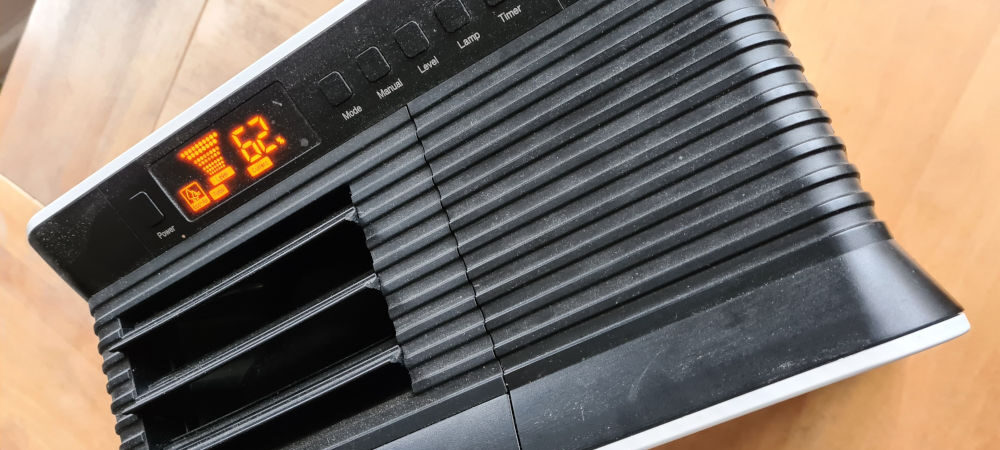
Prevent damage caused by variations in violin humidity
Dressing up your violin
There are several ways to dress your instrument to protect it from sudden changes in humidity:
- First of all, a thick, well-insulated case does most of the work.
- The rope cover also has an important covering and protective role.
- A silk scarf is an excellent way to buffer changes in temperature and humidity inside a case.
In fact, the better insulated it is, the longer it can withstand extreme conditions.
Monitor the hygrometer
Hygrometers are devices sometimes found in the cases of violins, violas and cellos. Although some of them are probably no more than decorations. Those that work are only an approximate measuring tool. Nevertheless, they can be used to anticipate sudden changes in air humidity, enabling you to take the necessary action.
In any case, if your box isn't equipped with a hygrometer, you can buy different models: dial or electronic.
Humidifiers
There are three main humidifier models on the market:
- D'appartement, to maintain an acceptable level of humidity in the room where you're playing.
- For the case, which maintains a constant humidity level in a box. Of course, the box must be closed for them to work at their best.
- Et enfin, les « Trophy » qui s’insèrent directement dans les ouïes de l’instrument quand il n’est pas joué. Ils sont efficaces, mais ils ont la fâcheuse tendance de détruire les ouïes.
The bathroom
There's also a trick that many musicians have used in the past when they didn't have humidifiers. The idea is to use the bathroom to guarantee an acceptable level of humidity for the instrument. With the windows and doors closed, the various water sources in this room make it possible to obtain a humidity level well above the average for a home. You can also boost this level by turning on a tap for a few moments. Of course, we're not talking about turning your bathroom into a hammam.
The aim of this procedure is first and foremost to take your violin, viola or cello for a few moments with the box open. Then close it to capture the humid air in the box and preserve it during transport.
However, it's a bit of a haphazard technique and not necessarily the first one I'd recommend.
A final word of advice
If you travel in cold or hot weather with your instrument, or indeed in any unusual condition. Don't open your case right away, but let it settle into its new environment. Between 10 and 15 minutes should be enough to avoid shocking the instrument. If you're in a hurry, you'll have to rearrange your schedule for the sake of your precious instrument.
Maintain the humidity level of your violin in the Lutherie d'Art boutique
You may be interested in some accessories that will help you control the hygrometry of your instrument. You'll find everything you need in the Lutherie d'Art store, in the Hygrometry category.


